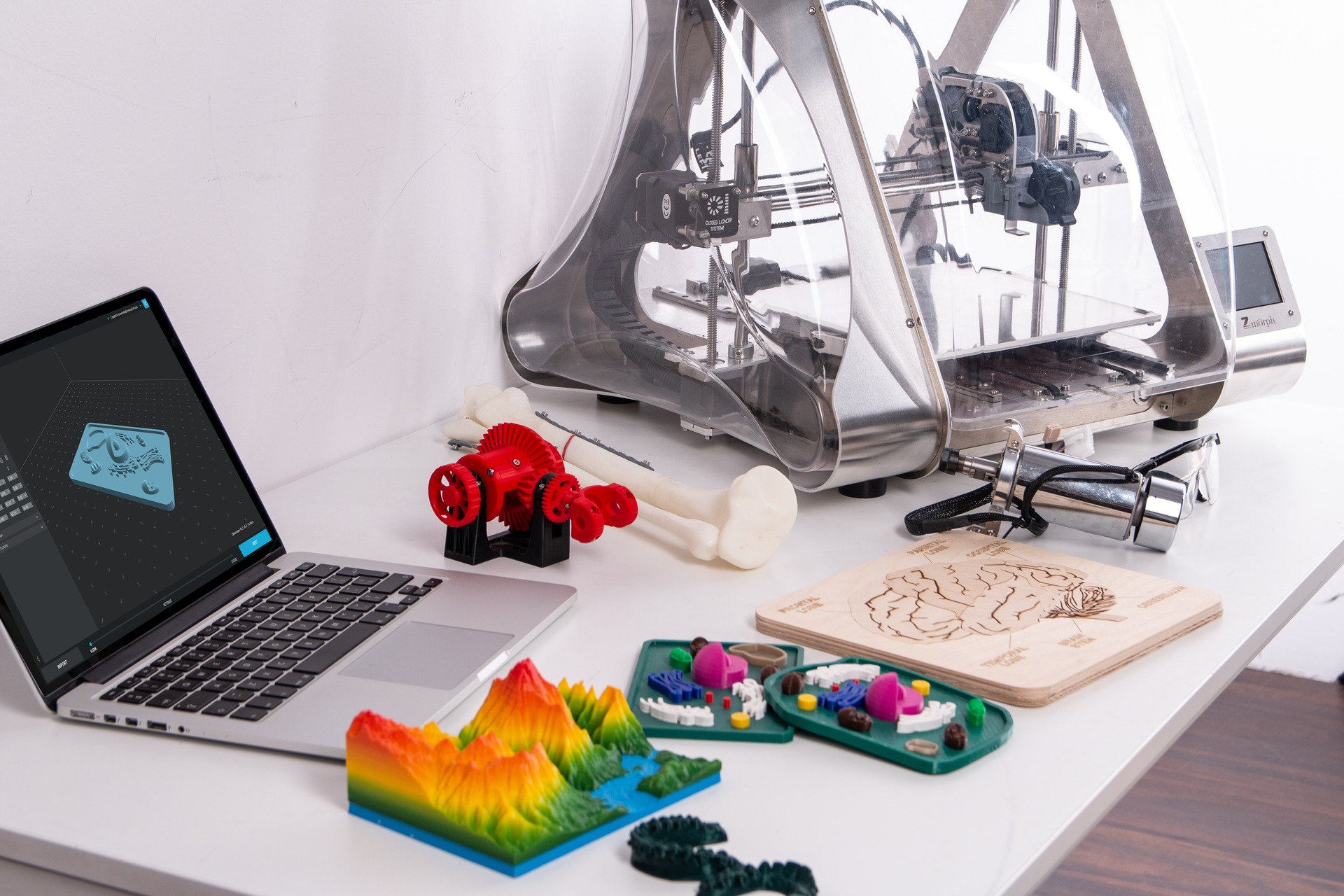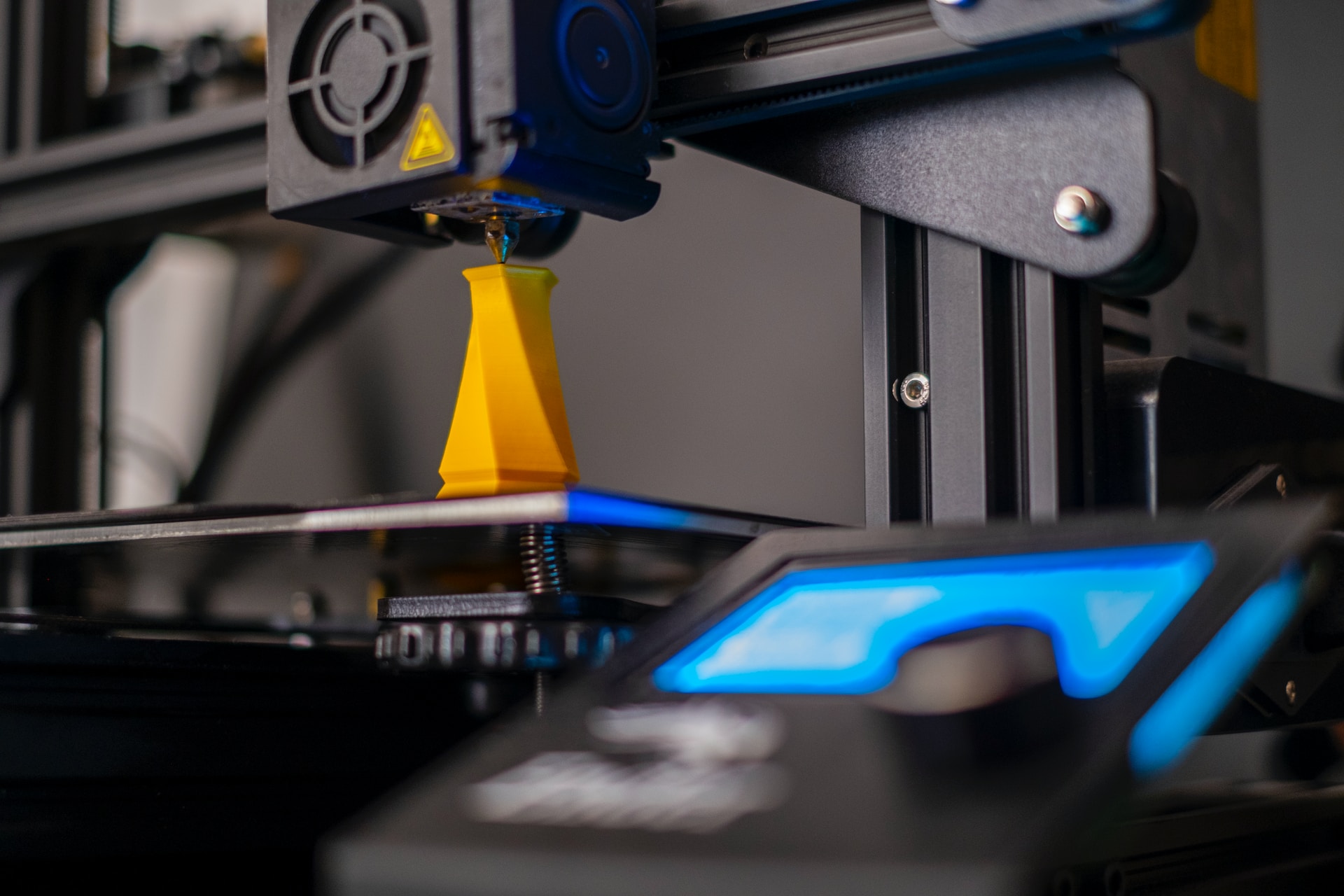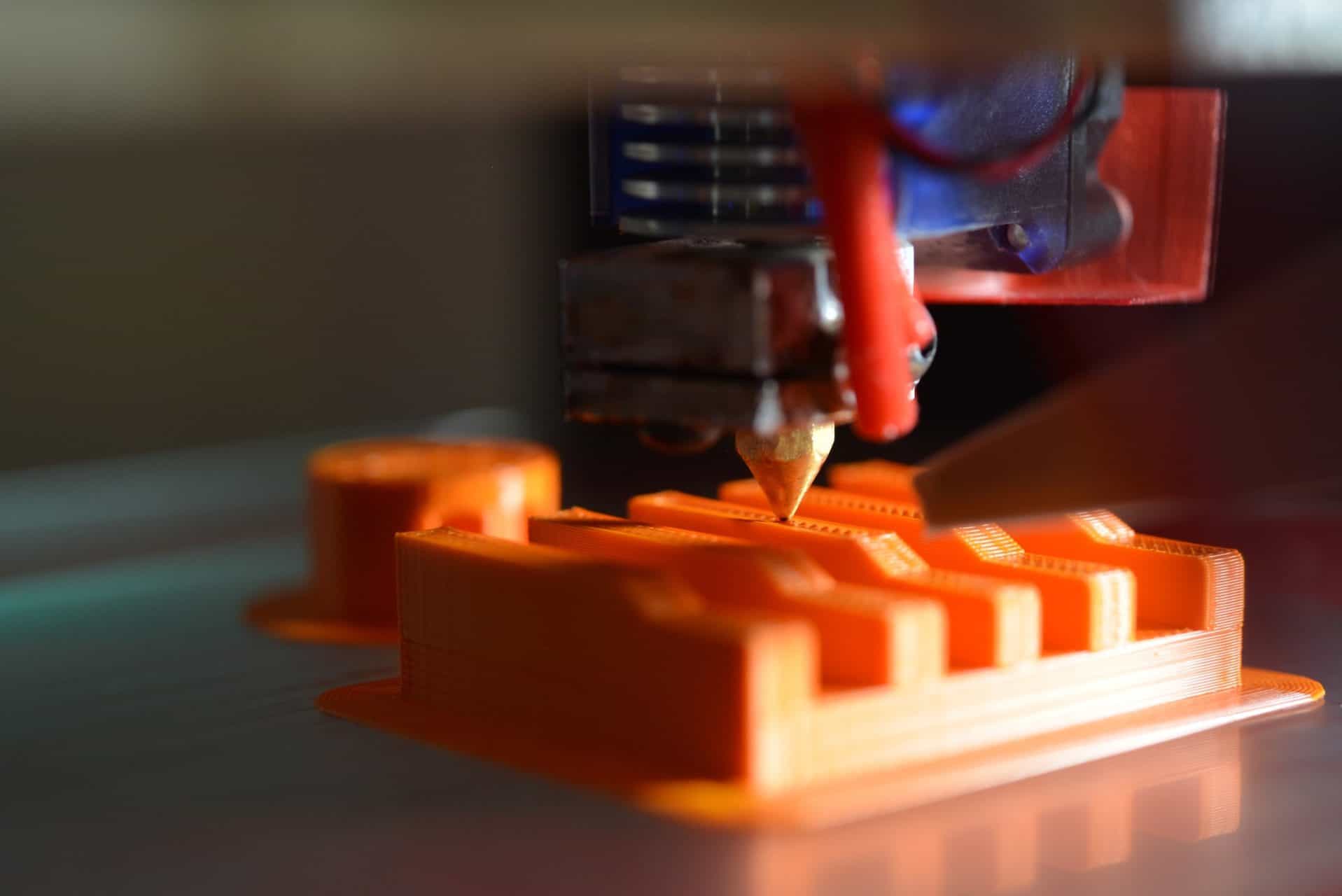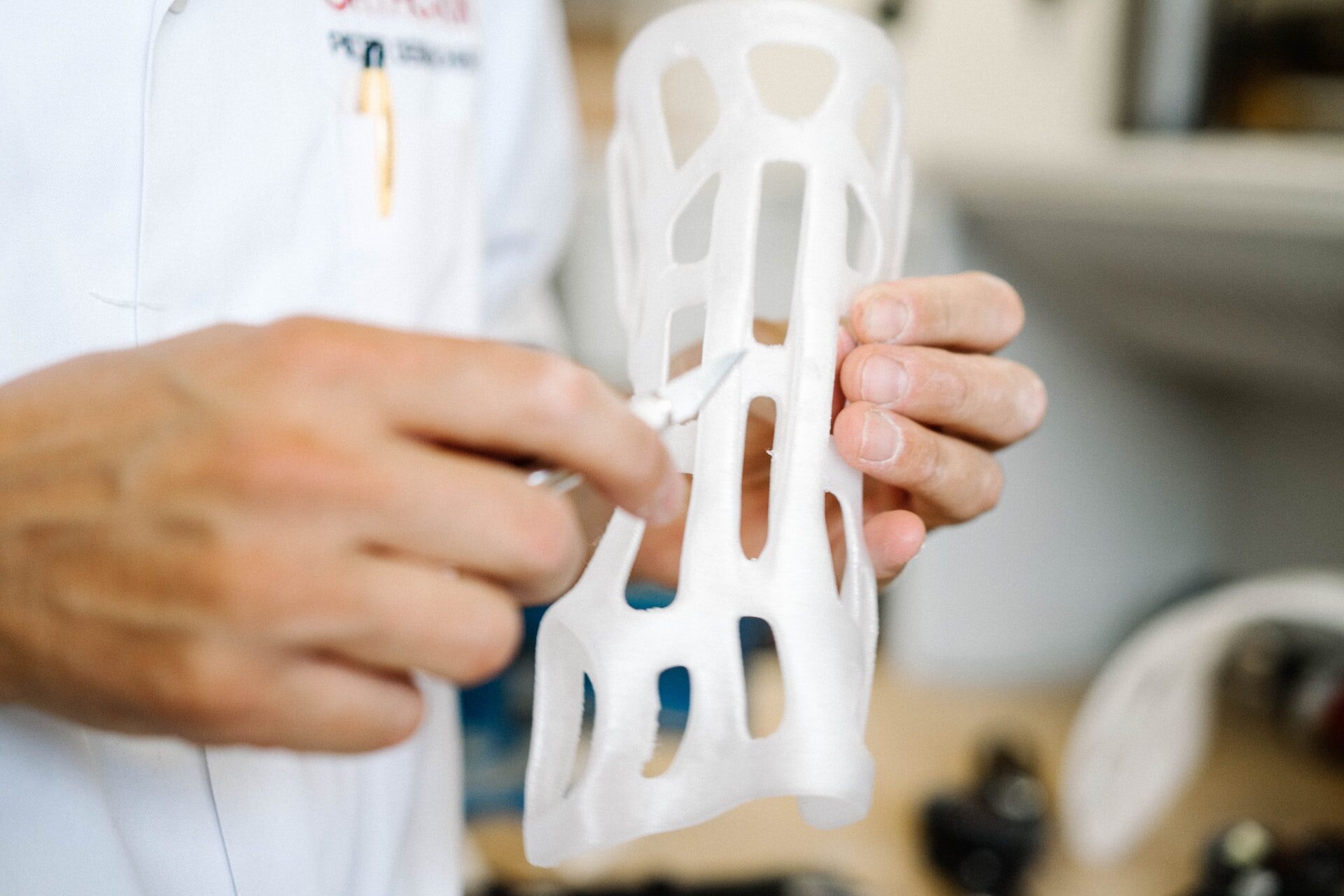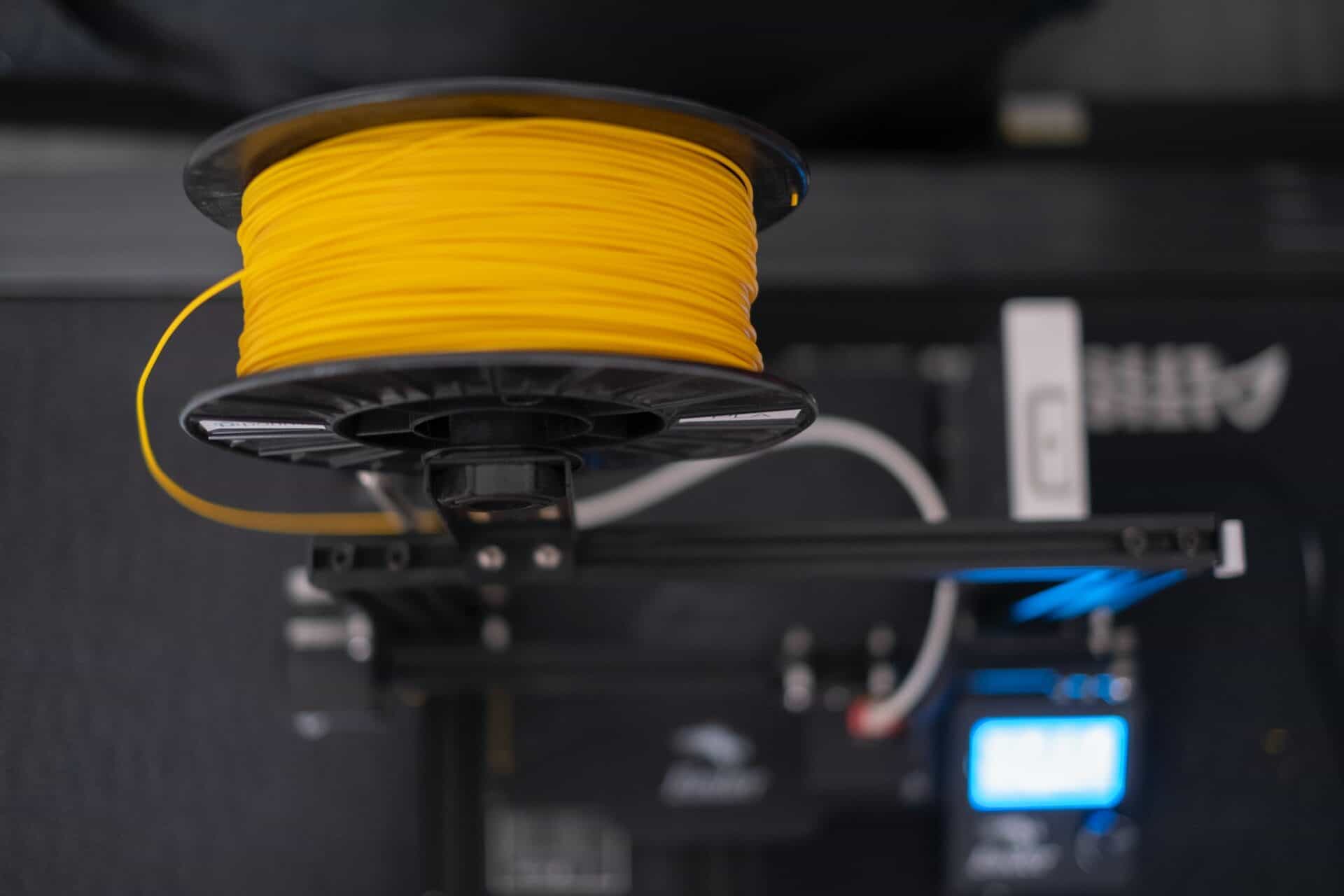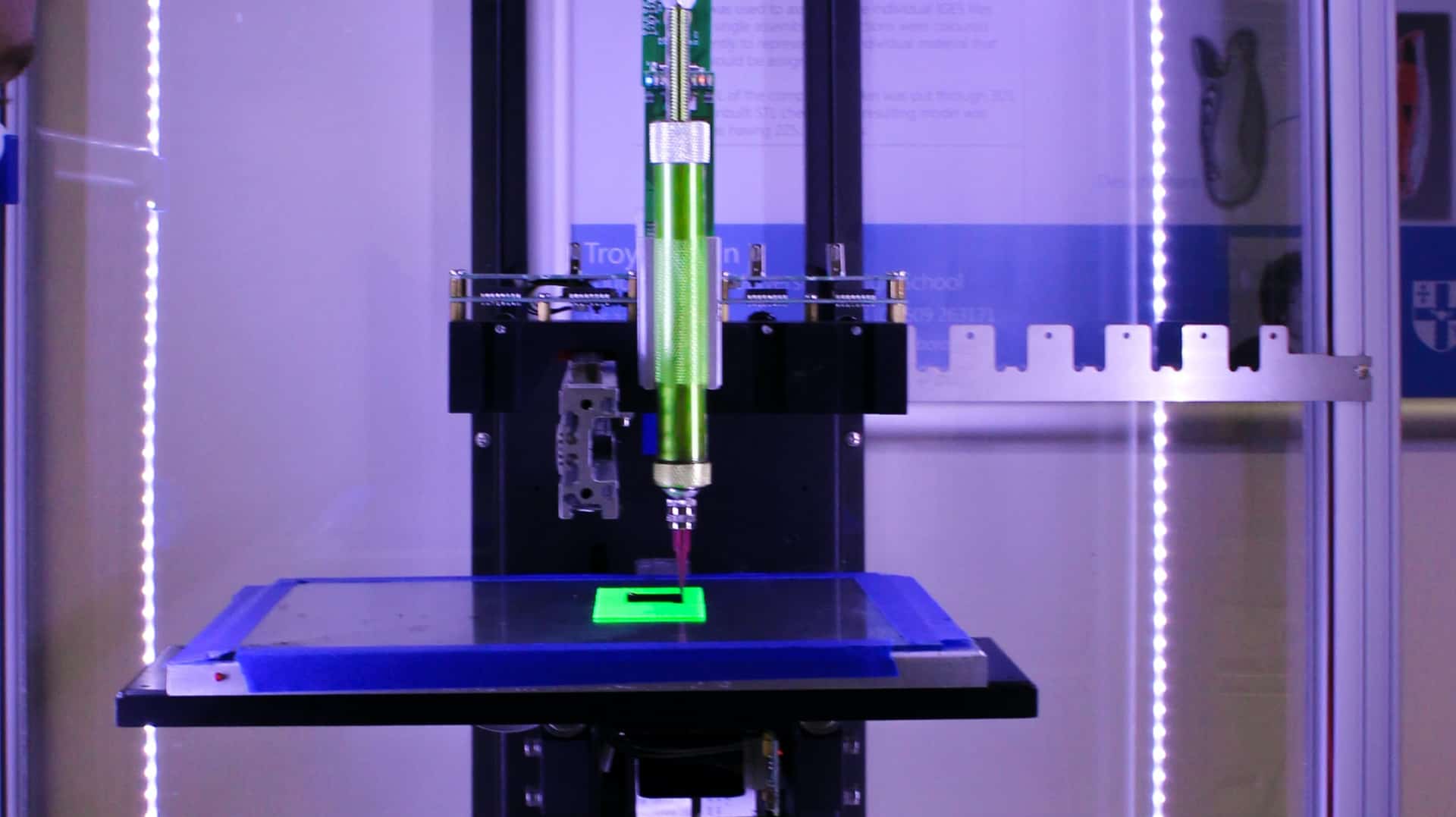
Future Tech: 4D Printing
March 30, 2023 - Ellie Gabel
Revolutionized is reader-supported. When you buy through links on our site, we may earn an affiliate commision. Learn more here.
New 3D-printing technology may soon allow manufacturers to create self-assembling “four-dimensional” objects with unique physical properties.
4D-printing technology takes advantage of smart materials that change shape over time or when exposed to certain environmental conditions, like heat or water. Many of these materials also have other unusual characteristics, like hyperelasticity, which allows them to deform in response to stress without breaking apart.
In practice, the technology could allow 3D printers to create objects that can ship flat, then assemble themselves where needed.
What Is 4D Printing?
3D printing adds an extra dimension to conventional 2D printing, allowing manufacturers to create three-dimensional objects from scratch. 4D printing adds an extra dimension to 3D printing: time. The technology makes it possible to print four-dimensional objects using “smart materials” that change shape over time.
3D-printed objects are generally stiff and rigid. Even if they’re flexible, they aren’t usually meant to radically change shape at any point during their lifespan. In contrast, 4D-printed objects made from smart materials are built to change, allowing them to take a variety of shapes as needed.
One example of a smart material that you could use for 4D printing is nickel-titanium (or nitinol), a metal alloy that demonstrates unique “shape memory” properties. If deformed, the material can spring back to its original shape when you apply heat. The material is also superelastic (roughly 10 times as flexible as other metals).
Use-cases for nitinol include actuators in industrial machinery and medical devices like bone staples or stents. While nitinol has been around since the 1960s, it had limited use due to the complexity of the manufacturing process needed to create it.
Recently, nitinol, along with other smart materials, has become both more widely available and more commercially practical. As a result, some manufacturers and researchers have begun experimenting with 3D printing using these smart materials.
Potential Applications of 4D Printing
Right now, 4D printing remains highly experimental.
Manufacturers and researchers, however, have already begun to create 4D printing prototypes that may show us what the technology can do once it’s commercially viable. In the near future, these prototypes could help to revolutionize any of the current 3D printing applications – or even enable entirely new possibilities for the 3D printing industry.
For example, the technology can create objects that are capable of flexing, moving, and responding to their environment without using moving parts. Manufacturers have created a 4D-printed gripper that can change shape, allowing it to grab an object in response to heat, light, or moisture.
Similar objects could take the place of more complex or sensitive equipment that may be more challenging to manufacture, ship, and assemble.
4D printing technology may also soon enable manufacturers to create new objects that change radically once a customer is ready to use them – like clothes, appliances, or containers that ship flat, then expand to another shape when removed from their packaging.
One example is a 4D box developed by a team of MIT researchers. Manufacturers produce it with a 3D printer, and it lays flat at first then folds itself into a cube when submerged in water.
Benefits of 4D Printing
4D-printed objects could offer a range of qualities that aren’t possible with objects manufactured using conventional 3D printing.
For example, a 4D object could change size and shape depending on the needs of a user. This size-changing ability could shrink the object’s manufacturing footprint without changing its actual size, thereby reducing the size of the container it needs for shipping and the size of the printer necessary to manufacture it.
Smart materials can also offer new properties that conventional 3D printing materials, like thermoplastics, can’t provide.
For example, a medical device manufacturer could use nitinol to make a self-expanding stent that can expand to support a blood vessel once delivered using a catheter. Unlike other materials used to manufacture self-expanding stents, the superelasticity of nitinol can help it better stand up to mechanical stress from the surrounding environment.
Self-assembling products could help make a variety of goods much more convenient. For example, 3D printing could enable flat-packed furniture that is capable of assembling itself by folding up into its intended shape and, potentially, disassembling itself for easy transportation.
4D Printing Technology Could Offer Major Benefits for the 3D Printing Industry
With 4D printing, it could soon be possible for manufacturers to create self-assembling furniture, single-part tools capable of movement, and other unique products.
The technology may also allow manufacturers to take advantage of the unique properties that only smart materials have, like nitinol’s superelasticity.
Over the next few years, as 4D printing becomes less experimental, it may help drive growth and innovation in 3D printing.
Revolutionized is reader-supported. When you buy through links on our site, we may earn an affiliate commision. Learn more here.
Author
Ellie Gabel
Ellie Gabel is a science writer specializing in astronomy and environmental science and is the Associate Editor of Revolutionized. Ellie's love of science stems from reading Richard Dawkins books and her favorite science magazines as a child, where she fell in love with the experiments included in each edition.
